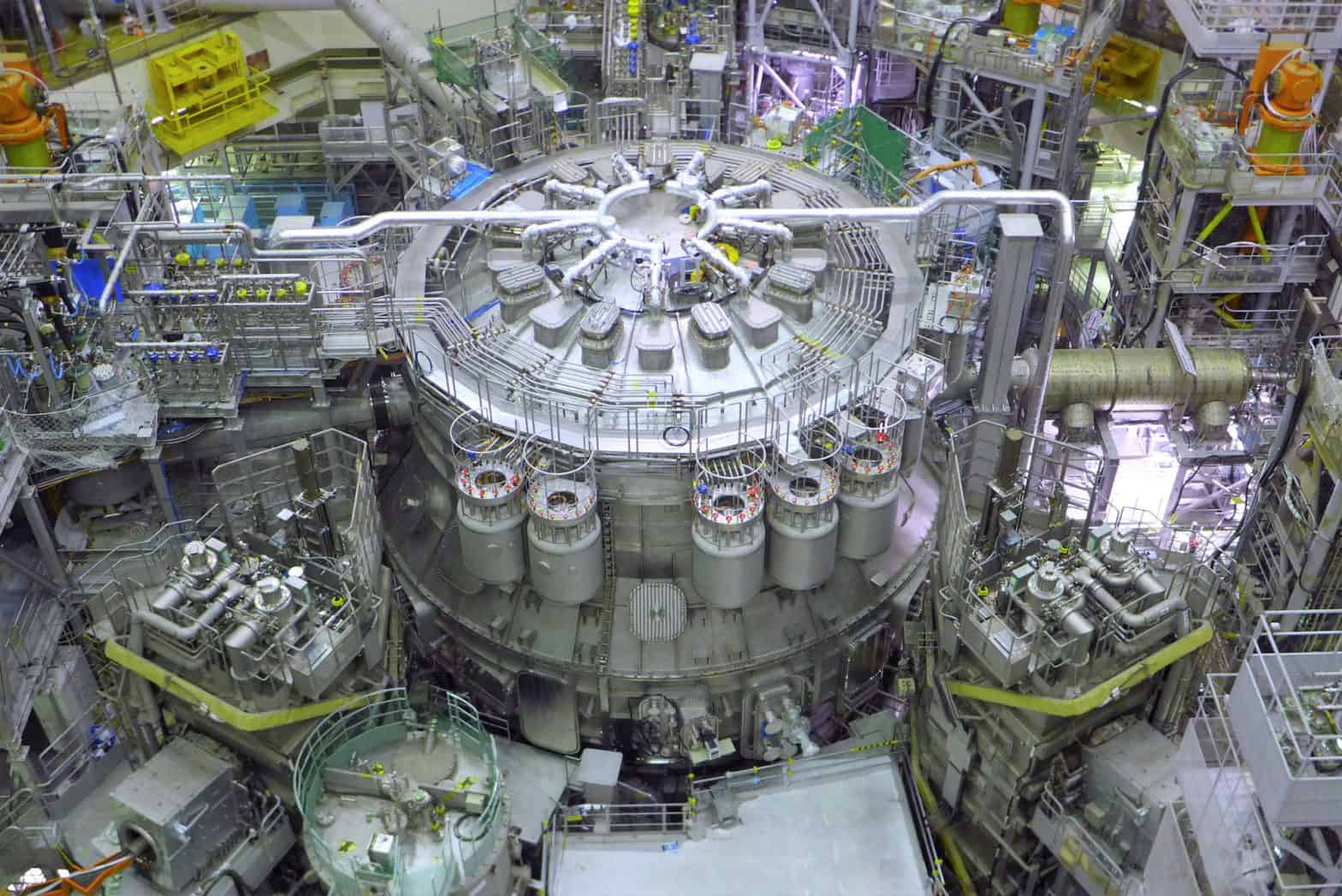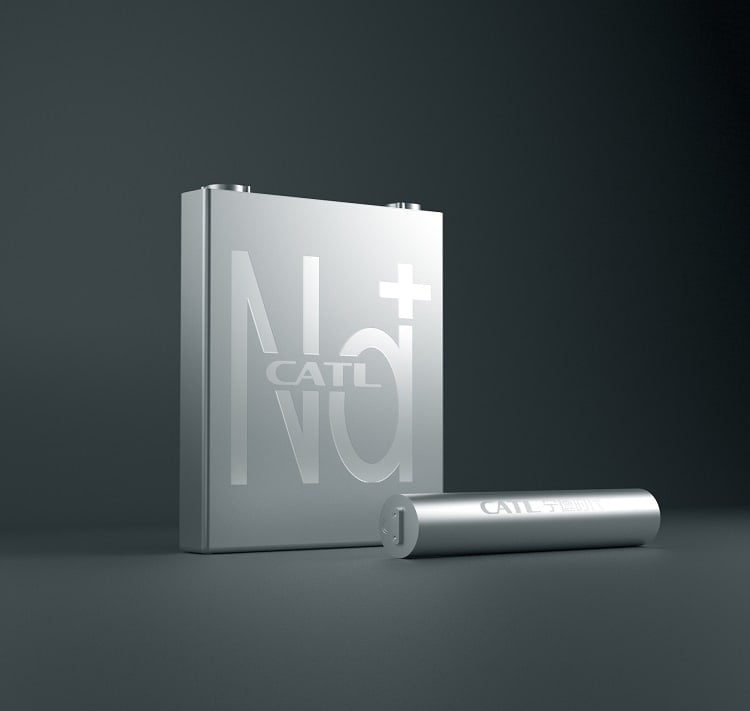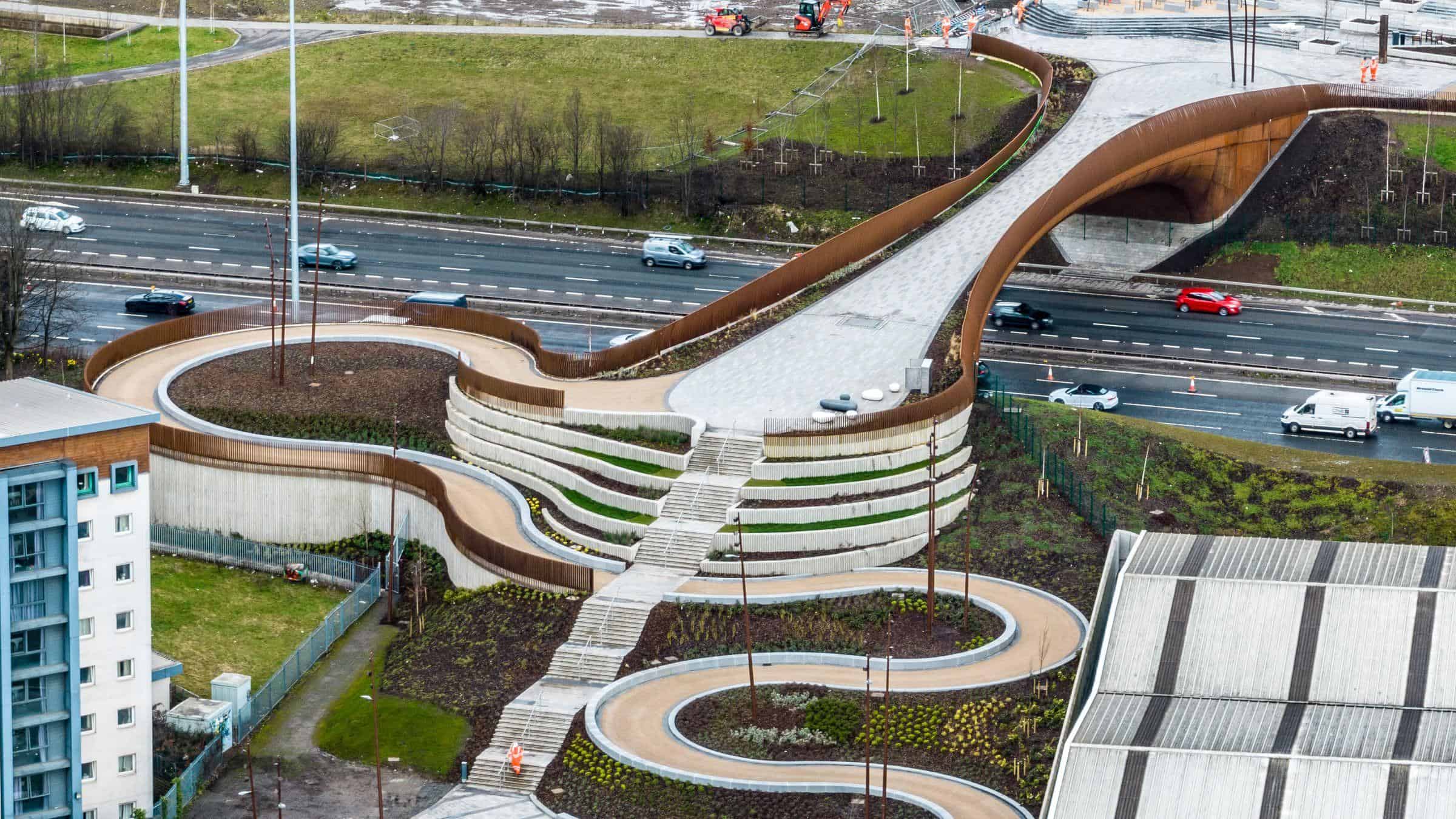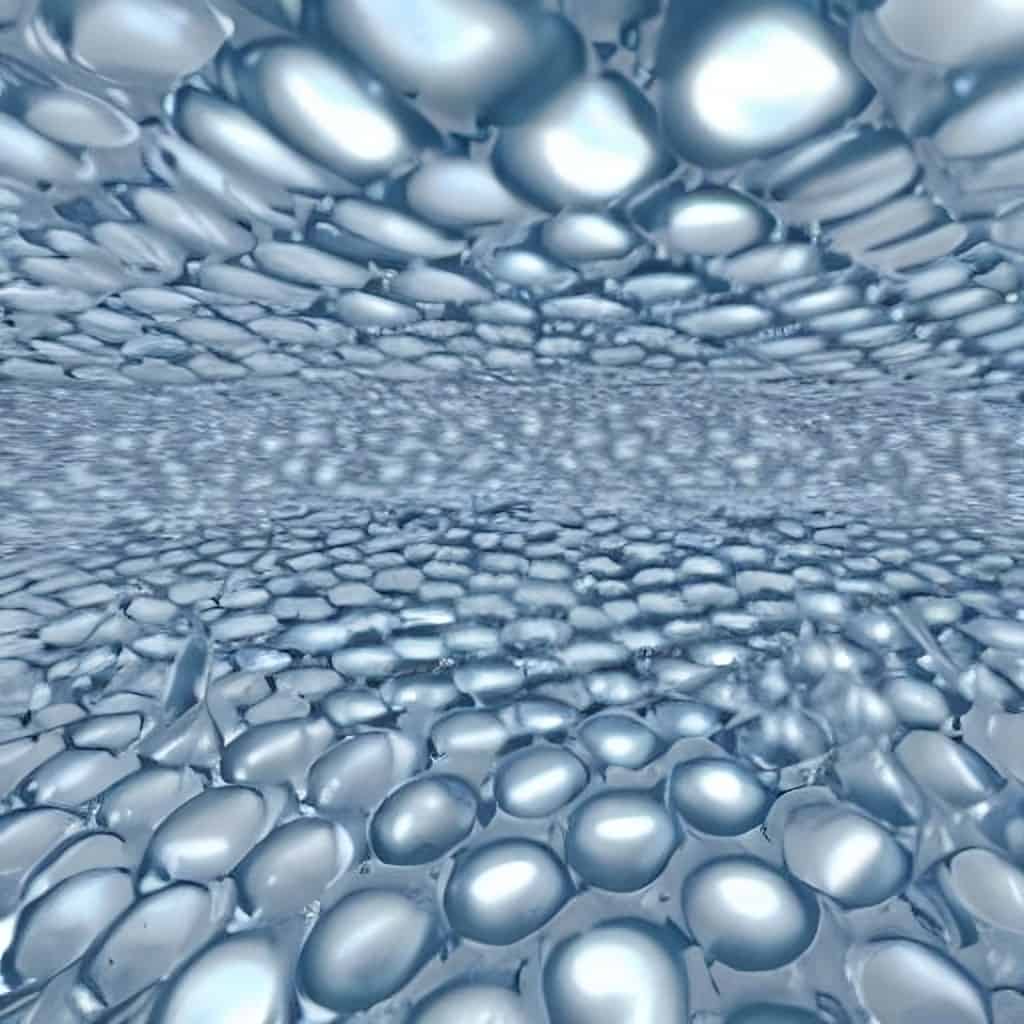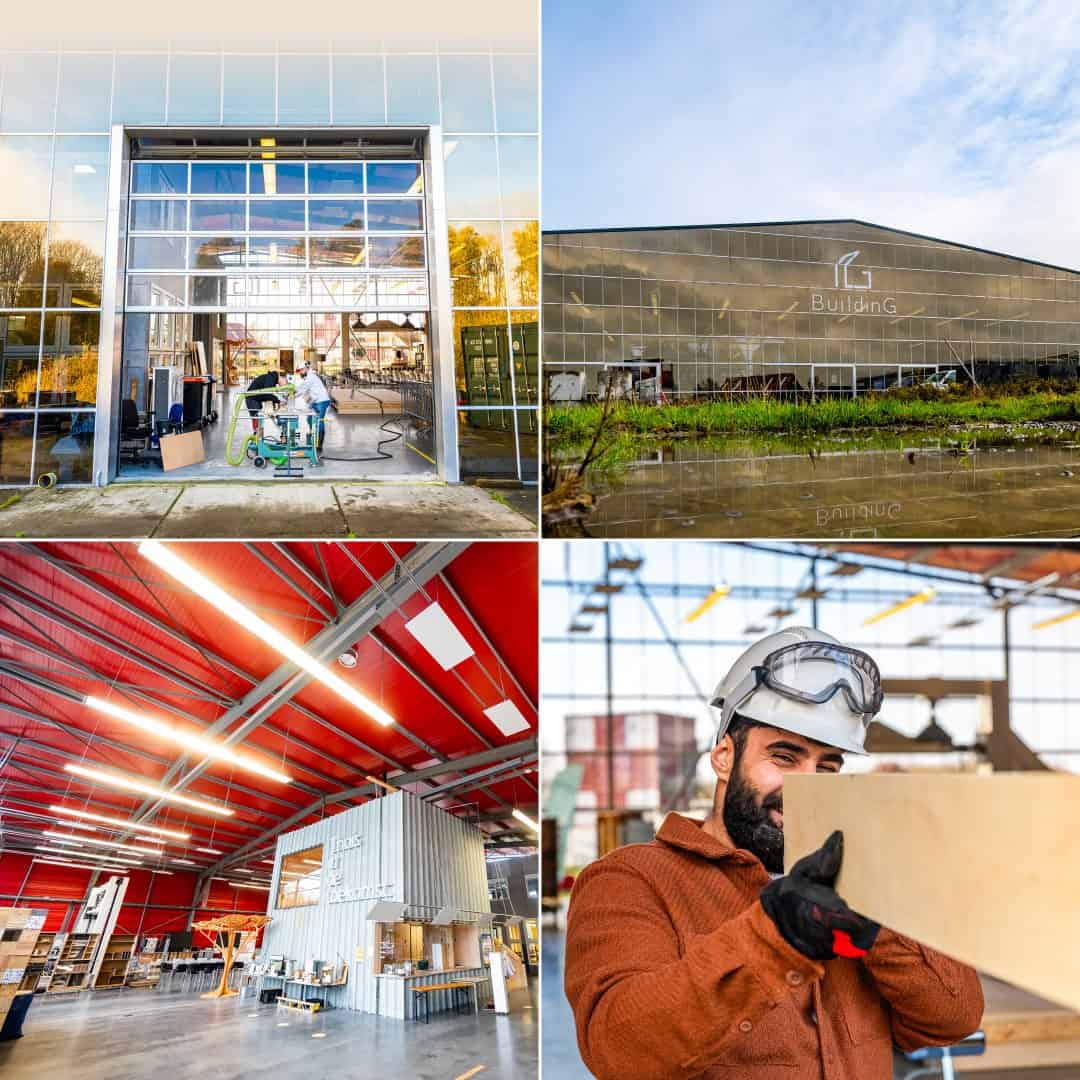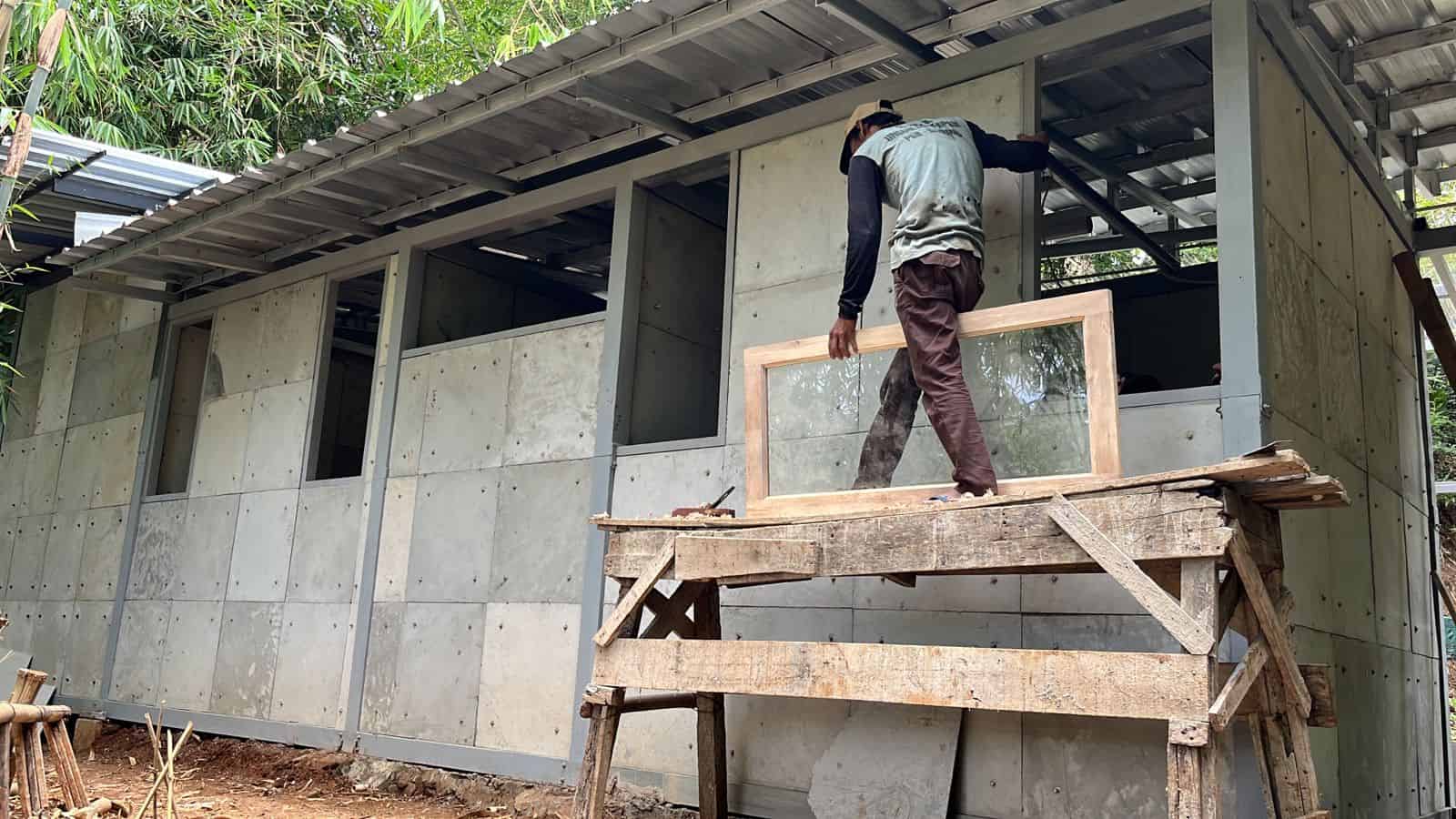
Japanese researchers at the University of Kitakyushu have unveiled a unique solution to non-recyclable waste and cement production’s environmental impact: concrete blended with shredded nappies. Nature writes about this innovation. By replacing 9-40% of sand in concrete without compromising strength, this innovative method diverts waste from landfills and provides affordable housing in low- and middle-income communities. A prototype house in Indonesia demonstrates the concept’s viability, using up to 40% of nappy-infused concrete for architectural elements like walls, while structural components like columns and beams require a lower proportion.
Nappy waste: a growing issue
With an increasing global population, particularly in low- and middle-income countries, the demand for affordable housing and the generation of nappy waste will continue to grow. Disposable nappies, a prevalent source of non-recyclable waste, are typically made from wood pulp, cotton, and super-absorbent polymers. Cement production, on the other hand, is responsible for nearly 7% of worldwide greenhouse gas emissions and consumes roughly 50 billion tonnes of sand annually. This innovative method, developed by Siswanti Zuraida and her team at the University of Kitakyushu, tackles both issues by incorporating shredded nappy waste into concrete production.
From diapers to concrete: the process
The researchers began by sourcing nappies locally, washing, drying, and shredding them before combining the waste material with cement, sand, gravel, and water. They tested various mixes, replacing up to 40% of sand in the concrete with shredded nappies. After a month of curing, the samples’ compressive strength was assessed to determine the breaking point of the composite material. The team discovered that the more nappy waste present in the concrete, the lower the compressive strength, leading to different proportions of shredded nappies being required for various building components.
Building the prototype house
Using their findings, the researchers constructed a small, single-storey prototype house in Indonesia, with a floor plan of just 36 square metres. For this particular structure, 27% of the sand was replaced with nappy waste, but if the house were three storeys tall, the proportion would need to drop to 10%. In architectural components, up to 40% of the sand could be replaced by nappy waste, with the highest proportion found in concrete wall panels. However, for flooring and garden paving, which require greater strength to meet building standards, only 9% of the sand could be substituted with nappies.
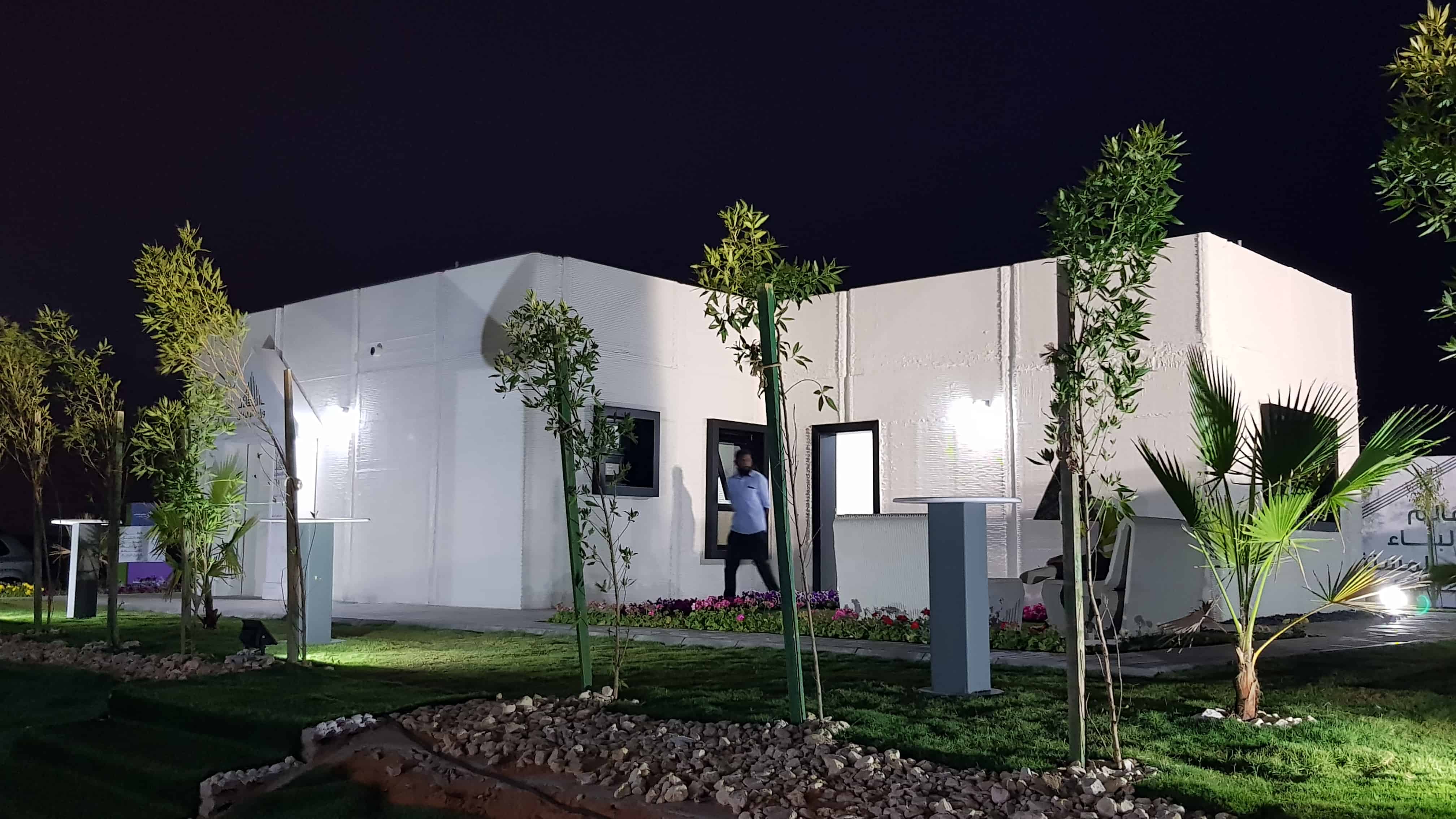
Environmental benefits and challenges
Christof Schröfl, a chemist researching sustainable building materials at Dresden University of Technology in Germany, praises the project as “a nice and really worthwhile piece within a step-wise process”. Nonetheless, he cautions that transporting nappy waste to processing plants or construction sites might involve long transport pathways, potentially offsetting some environmental benefits. Schröfl also suggests that using wood-based composite materials for walls instead of concrete could further enhance the eco-friendliness of these low-cost houses.
Real-world application
One major challenge to implementing this innovative method on a larger scale is separating nappies from the waste stream. In Indonesia, around 20 million tonnes of waste were generated in 2021, with only about 10% of plastics being recycled. “There’s no supporting system in the municipal waste management to separate diapers,” explains Zuraida. “Plastic bottles they separate right now because they recycle fairly easily, but the diapers usually go into the incineration process.” To make this eco-friendly housing solution more widely accessible, further developments in waste management and recycling systems may be necessary.



